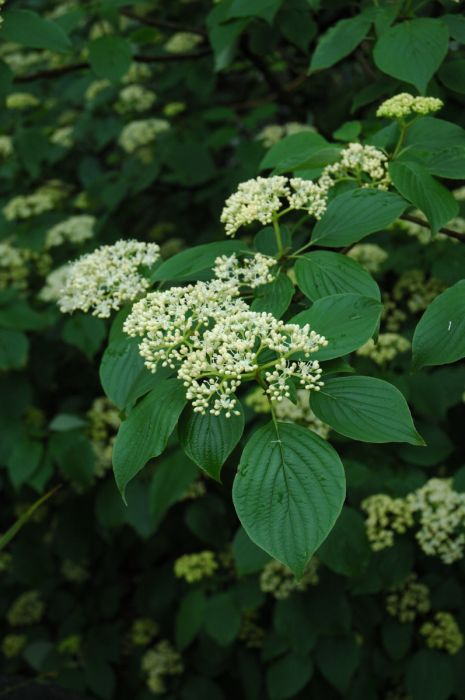Top Ten Trees for Minnesota
Sean's Top Ten Trees for Minnesota!




Out of stock
Coming soon, still growingPagoda Dogwood has clusters of fragrant creamy white flowers held atop the branches in late spring. It has emerald green deciduous foliage. The pointy leaves turn an outstanding burgundy in the fall. It produces navy blue berries in mid summer. A truly special plant for northern landscapes; it needs a cool, moist site with afternoon shade, also prefers acidic soil.
Cornus alternifolia
Brand: Gertens
At Minnesota's Destination Garden Center, we offer a diverse range of trees to suit any landscaping need. Whether you're looking for shade trees to cool your home or ornamental trees to add beauty and interest, you'll find the perfect tree at Gertens. Our knowledgeable staff can help you select the right tree for your space and provide tips for care and maintenance. Visit Gertens today and explore the unmatched variety of trees to enhance your outdoor environment!
Pagoda Dogwood is an open multi-stemmed deciduous tree with a stunning habit of growth which features almost oriental horizontally-tiered branches. Its average texture blends into the landscape, but can be balanced by one or two finer or coarser trees or shrubs for an effective composition.
This tree will require occasional maintenance and upkeep, and usually looks its best without pruning, although it will tolerate pruning. It is a good choice for attracting birds to your yard. It has no significant negative characteristics.
Pagoda Dogwood is recommended for the following landscape applications;
Pagoda Dogwood will grow to be about 20 feet tall at maturity, with a spread of 20 feet. It has a low canopy with a typical clearance of 2 feet from the ground, and is suitable for planting under power lines. It grows at a slow rate, and under ideal conditions can be expected to live for approximately 30 years.
This tree does best in full sun to partial shade. It requires an evenly moist well-drained soil for optimal growth, but will die in standing water. It is particular about its soil conditions, with a strong preference for rich, acidic soils. It is quite intolerant of urban pollution, therefore inner city or urban streetside plantings are best avoided, and will benefit from being planted in a relatively sheltered location. Consider applying a thick mulch around the root zone in winter to protect it in exposed locations or colder microclimates. This species is native to parts of North America.
| Gerten Grown Plants | Gerten Grown Plants |
|---|---|
| MN Native Plants | MN Native Plants |
| Bloom Time | Late Spring |
| Tree Type | Shade & Ornamental |
| Sun Preference | Full-Sun, Part-Sun, No-Sun |
| Mature Height (Range) | 15 - 25 feet |
| USDA Hardiness Zone | 4, 5, 6, 7 |
| Common Family Name | Dogwood |